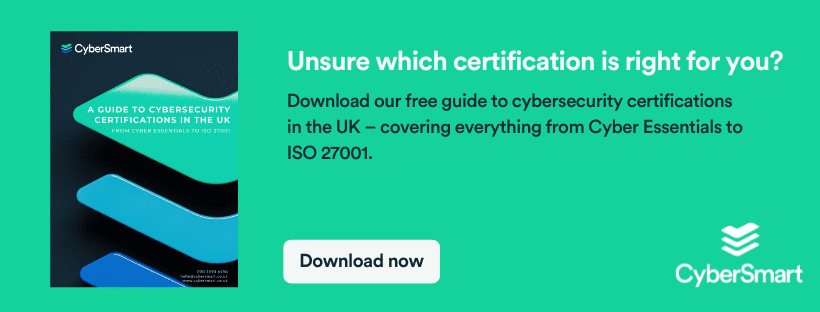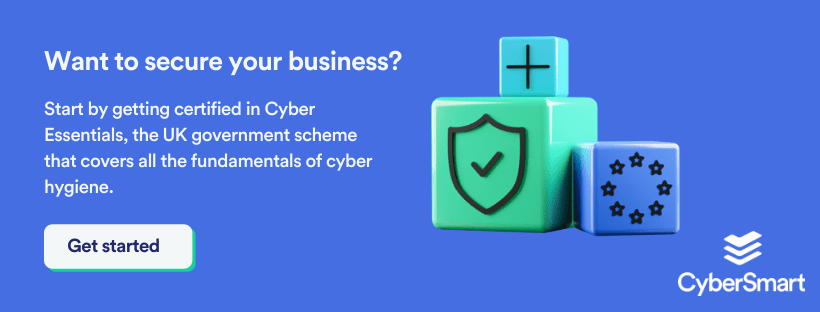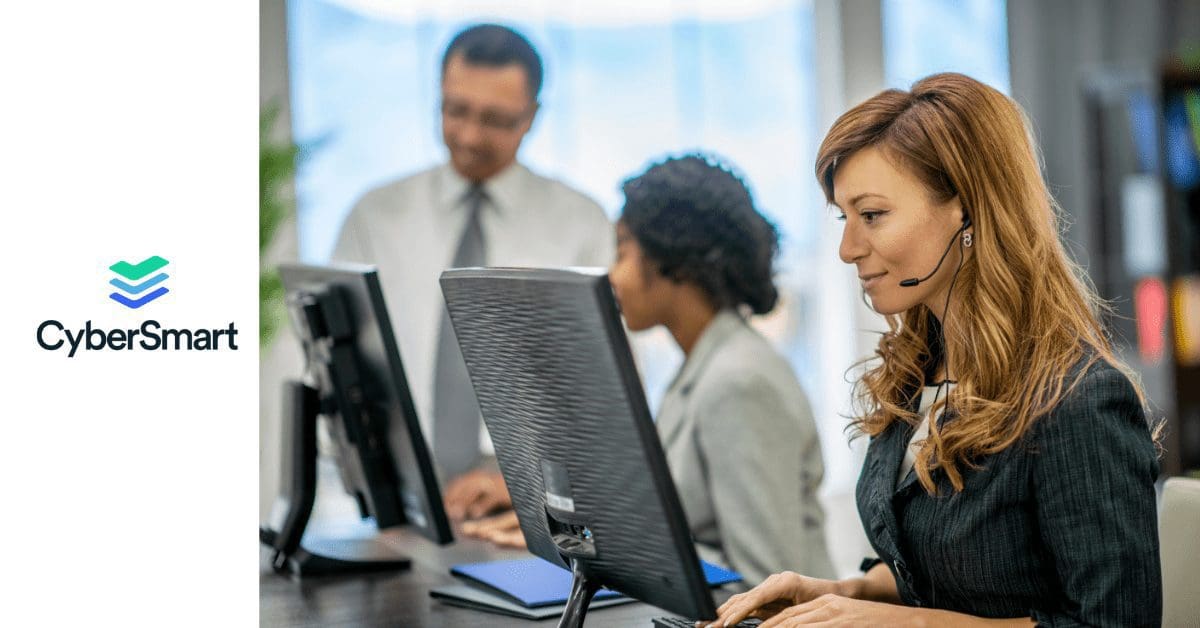When it comes to cybersecurity, MSSPs traditionally provide two standard services: proactive or reactive. Some businesses prefer the reactive approach and require a fix for security issues only when they arise. For other businesses, horizon scanning and taking a more proactive approach fits their risk appetite and lets them stay one step ahead.
Being an MSSP, you have a responsibility to guide clients to the best approach for their business and one that matches their risk appetite. In this blog post, we look at the reasons why proactive compliance is better for businesses than a reactive approach when assessing cybersecurity firefighting.
The Reactive vs. Proactive Approach
A reactive approach towards security embraces the philosophy of wait until the security perimeter is breached then acting to fix it. An MSSP is typically responsible for cleaning up the mess after the security incident using this approach; one that might work with other services, but with cybersecurity, may have business crippling impacts.
Once a security incident has occurred, the damage has already been done. The loss of data and extended downtime of any systems has already caused financial, reputational or other losses to the client. Add on the cost in time and effort to ‘fix’ and the potential impacts, coupled with the loss of productivity or revenue do not make happy reading.
A proactive approach, on the other hand, is about anticipatory prevention measures and rapid notification that drives responsiveness. In this approach, the MSSP is responsible for assisting the client address the potential security risks before they can become problems.
Cyber attacks do not sleep, and the proactive approach to cybersecurity defensive measures is the best approach to leave little to no room for attackers to exploit the system. The earlier a problem area or attack vector is identified, the easier it is to fix or to close the door to a potential breach. A proactive approach is a great way to ensure clients’ infrastructure is protected 24/7. It requires continuous engagement with clients and involves the design and deployment of preemptive strategies, tools and techniques with an awareness of threat intelligence to prevent security issues from becoming a concern.
Drawbacks of Reactive Cybersecurity
The reactive approach may save cost for clients initially, but in the long run, it increases the risks of:
- Increased costs. Once a breach has occurred, the financial impacts can be severe. GDPR data-breach fines are not insignificant to any business and the reputational damage costs could be even higher. For SMEs, these costs could be the difference between staying in business or having to close. And that is bad for the client and bad for the MSSP.
- Inappropriate damage control tools. The reactive firefighting approach is not about protecting businesses for the future. Instead, it is about running a damage control campaign to counter the effects of an ongoing security incident. There is no clear direction to take and often no clear security baseline to revert to rapidly to regain business control. When the breach occurs, the business may well blame the MSSP for not taking care of security more adequately.
- No clear resolution method. Unlike compliance, you never know what to expect with a reactive call from a client. The best method to resolve the issue may well vary according to the type of incident, the extent of the damage, and the size of the business. This makes it difficult to position pre-defined expertise or resources necessary to deliver reactive services. This uncertainty adds cost to the MSSPs business model that can be difficult, to pass through to clients.
Proactive Cybersecurity Compliance
A proactive compliance approach has a number of benefits for MSSPs:
- Reduced costs and recurring revenue. A data breach or ransomware attack can lead to substantial losses for a business. The financial losses may include damaged infrastructure, lost data, fines imposed by regulatory bodies, reputational damage and the cost of lost productivity. The risk of realising these costs can be mitigated through a proactive compliance approach. For MSSPs, the benefit is in offering clients a subscription-based compliance model. Since compliance is an ongoing process, your business can focus on building a recurring revenue stream based on a predictable financial model.
- A well-defined approach. Compliance can be achieved through well-defined processes such as the one used by CyberSmart. A proactive compliance service can be effectively planned and priced by MSSPs. As a preemptive approach, you know exactly the resources and personnel will need to dedicate to each client.
- Avoid disruptions and build credibility. The ultimate goal of compliance is to prevent risks to clients that could disrupt their business. Offering proactive services to clients delivers ongoing protection against cyberattacks and offers longer-term client relationships built on trust.
Conclusion
Cyberattacks are evolving, the targets change frequently and the risks and threats are not going to go away if we pretend they do not exist. For businesses, they should not sit back and wait to be breached but they should be encouraged to keep on the front foot and lower their risks.
MSSPs focusing on selling compliance that delivers lowered risk of cyber attack is a great opportunity in the ever-expanding, digitally connected marketplace. Being proactive has great commercial benefits for them and their clients. It can build recurring revenue streams and a sustainable reputation for the MSSPs. For businesses, the benefits or a reduced risk profile are clear.
CyberSmart Active Protect provides everything your clients need to protect their businesses around the clock. If you would like to learn more about how we can help you sell proactive security, feel free to reach out to us.








